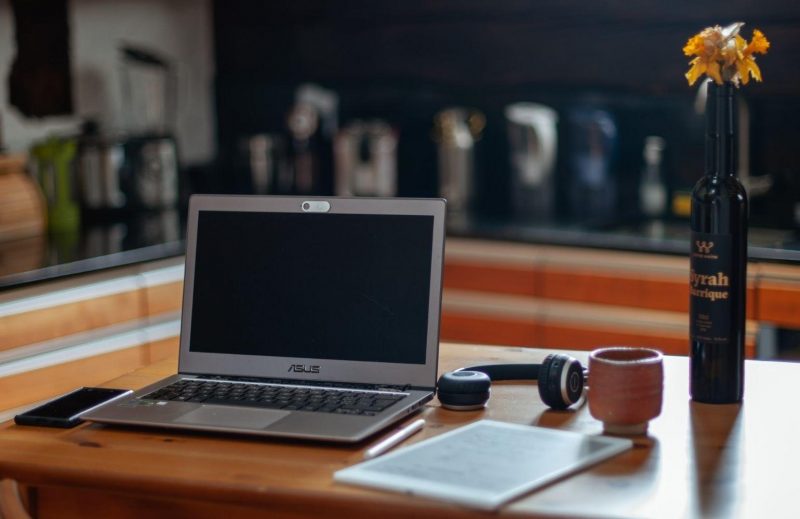Post-COVID Architecture Predictions
We celebrated World Architecture Day 2020 by interviewing some of the biggest names in the business to ask why architecture matters to them.
Our host, Linda Cheng (ArchitectureAU.com editor) interviewed Koichi Takada, Fariborz Hatam, David Hillam and Callum Fraser.

Our featured architects spoke about how their firms have dealt with past recessions, the climate change disaster and of course, why architecture matters to them.
You can read a wrap up of the interviews here, or watch the interviews directly.
As expected, the impact of COVID-19 on the future of architecture and design was discussed.
These are some of the things facing the industry in a post-COVID world, according to our featured architects:
1. We need more breathing room
2. The home office has changed forever
3. Issues of equity and climate have only been exasperated
1. More breathing room
One thing we have learned as a result of managing this pandemic is that more breathing room is crucial in adapting to a new normal.
Whether that’s in your own home or in a public setting, more space brings greater flexibility and comfort in relation to restrictions.

Koichi Takada likened this to a trend reversal, where homes, particularly in the multi residential setting, have been progressively shrinking over time. He suggests that this may no longer be the case:
“We need more breathing space, we need more balcony space, we need more space at home… Before we were going smaller, but we need to reverse that.”
He mentioned that architecture and design will likely continue in the open plan direction, with fewer dividing walls and larger, more open breathing spaces.
2. A redefined home office
Koichi also spoke passionately about the need to rethink the home office, even drawing on his own experiences with COVID-19.
“Home was never a workplace. Yes, sometimes, but not in a full time sense. Work-life balance… is very much an important part of being healthy as a being. And bringing work into the home and completely blurring and erasing the living part by creating the working part of it on top was quite disturbing.”

David also spoke about the changing home office, specifically how architects and designers can address some of the challenges associated with working from home, such as having small children and the actual layout and size of the working space.
“The study space, which might be just a nook, might be expanded to a greater extent to make it feel more functional to be used for longer periods of time. Often those spaces have been conceived as really something that someone might just use to do a few things for 20 or 30 minutes in the evening, not to spend eight hours there.”
Fariborz noted the wider positives of a shift in work habits, citing the benefits to the earth via lower carbon emissions. He hopes that the new normal won’t see people forced back to more traditional, cubicle-style workplaces.
3. Issues of equity and climate heightened
For Fariborz, the impact of COVID-19 has raised many questions relating to taking this opportunity to properly manage the climate crisis.
“So what are we going to do? Do we go back to our cubical days of our offices after this pandemic… and increase the number of office spaces… which adds more carbon dioxide? Or are we actually going to find different ways of working cleverly? I think these are some of the questions that we’re asking after the pandemic.”
Callum spoke passionately about about how the pandemic has raised issues in equity, particularly around housing and planning, and how he is leading his firm in addressing these challenges:
“The pandemic has brought a lot of issues of equity to light in our community and obviously realised an enormous amount of change that needs to be brought into the safe planning and management of people and environments into the future. That is something that we are trying to lead and be a part of in all of its ways.”

There are exciting opportunities ahead for architecture to play a key role in rethinking urban planning and how cities are designed with COVID in-mind.
On top of that, at a micro level, architecture plays a critical role in housing design, ensuring that when the world stops, our lives don’t have to.
COVID-19 has impacted our world beyond expectation. But it has brought with it opportunity for architects and designers to:
- adapt to changing working conditions for themselves and their end users,
- consider the importance of breathing room and open spaces from a health perspective, and
- understand just how critical their role is in creating a world where housing design and planning no longer negatively impacts certain communities during a global crisis.
Click here to watch each of the interviews.


